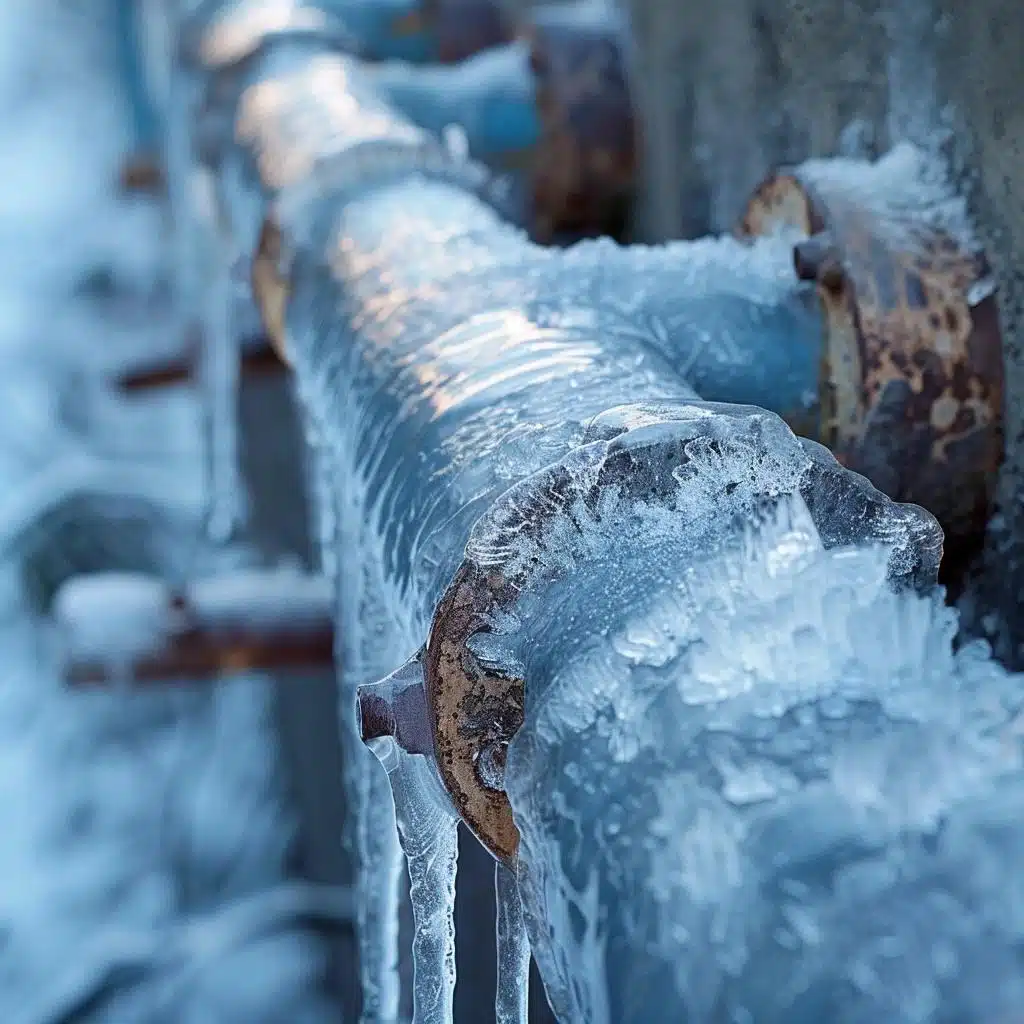Ways to Prevent Frozen Plumbing in Winter: Pro Advice
Ways to Prevent Frozen Plumbing in Winter: Pro Advice
Blog Article
Presented here below you can discover a lot of good quality insight about Preventing and dealing with frozen pipes.

Winter can wreak havoc on your pipes, especially by freezing pipes. Below's exactly how to prevent it from taking place and what to do if it does.
Introduction
As temperature levels drop, the threat of frozen pipelines increases, potentially bring about costly fixings and water damage. Comprehending just how to prevent frozen pipelines is crucial for house owners in cool climates.
Recognizing Frozen Pipes
What triggers pipelines to freeze?
Pipes freeze when subjected to temperature levels below 32 ° F (0 ° C) for extended periods. As water inside the pipes freezes, it broadens, taxing the pipeline wall surfaces and possibly causing them to burst.
Risks and damages
Icy pipelines can lead to supply of water disruptions, building damages, and costly repairs. Ruptured pipelines can flood homes and cause considerable architectural damage.
Indicators of Frozen Water Lines
Determining frozen pipes early can stop them from rupturing.
How to recognize frozen pipelines
Search for lowered water flow from taps, unusual odors or sounds from pipelines, and visible frost on revealed pipes.
Avoidance Tips
Insulating prone pipelines
Cover pipelines in insulation sleeves or use heat tape to secure them from freezing temperatures. Concentrate on pipelines in unheated or exterior areas of the home.
Heating strategies
Maintain indoor rooms properly heated up, particularly locations with pipes. Open up closet doors to permit warm air to flow around pipes under sinks.
Securing Exterior Pipes
Garden hose pipes and exterior taps
Disconnect and drain yard tubes prior to winter months. Mount frost-proof faucets or cover outside faucets with insulated caps.
What to Do If Your Pipes Freeze
Immediate activities to take
If you believe icy pipelines, keep faucets open to ease stress as the ice thaws. Use a hairdryer or towels taken in hot water to thaw pipelines slowly.
Long-Term Solutions
Architectural adjustments
Take into consideration rerouting pipes far from exterior wall surfaces or unheated areas. Include extra insulation to attics, basements, and crawl spaces.
Updating insulation
Invest in high-grade insulation for pipes, attic rooms, and wall surfaces. Proper insulation assists keep consistent temperatures and decreases the danger of icy pipelines.
Conclusion
Protecting against icy pipes needs positive steps and quick responses. By comprehending the causes, signs, and safety nets, home owners can shield their plumbing throughout winter.
6 Proven Ways to Prevent Frozen Pipes and Protect Your Home
Disconnect and Drain Garden Hoses
Before winter arrives, start by disconnecting your garden hoses and draining any remaining water. Close the shut-off valves that supply outdoor hose bibs and leave the outdoor faucet open to allow any residual water to drain. For extra protection, consider using faucet covers throughout the colder months. It’s also important to drain water from any sprinkler supply lines following the manufacturer’s directions.
Insulate Exposed Pipes
Insulating your pipes is an effective way to prevent freezing. Pipe insulation is readily available at home improvement stores and is relatively inexpensive. Pay close attention to pipes in unheated areas such as the attic, basement, crawl spaces, or garage. Apply foam insulation generously to create a buffer against the cold. You can also wrap your pipes in heat tape or thermostat-controlled heat cables for added warmth.
Seal Air Leaks
Inspect your home for any cracks or openings that could let in cold air. Seal any holes around the piping in interior or exterior walls, as well as the sill plates where your home rests on its foundation. Additionally, make sure to keep your garage door closed unless you’re entering or exiting. Leaving it open creates a significant air leak that can lead to frozen pipes.
Allow Warm Air Circulation
During cold snaps, it’s essential to allow warm air to circulate evenly throughout your home. Leave interior doors ajar to promote better airflow. Open kitchen and bathroom cabinets to help distribute heat consistently around the rooms. If you have small children or pets, be sure to remove any household chemicals or potentially harmful cleaners from open cabinets for safety.
Let Faucets Drip
A small trickle of water can make a big difference in preventing ice formation inside your pipes. When temperatures drop significantly, start a drip of water from all faucets served by exposed pipes. This continuous flow helps prevent the water from freezing. Additionally, running a few faucets slightly can relieve pressure inside the pipes, reducing the chances of a rupture if the water inside does freeze.
https://choateshvac.com/6-proven-ways-to-prevent-frozen-pipes-and-protect-your-home/

As an enthusiastic person who reads on Winter Plumbing Precautions: Preventing Frozen Pipes, I was thinking sharing that topic was really useful. In case you appreciated our post kindly do not forget to share it. Thank you for being here. Come back soon.
Maintenance Sign-Up Report this page